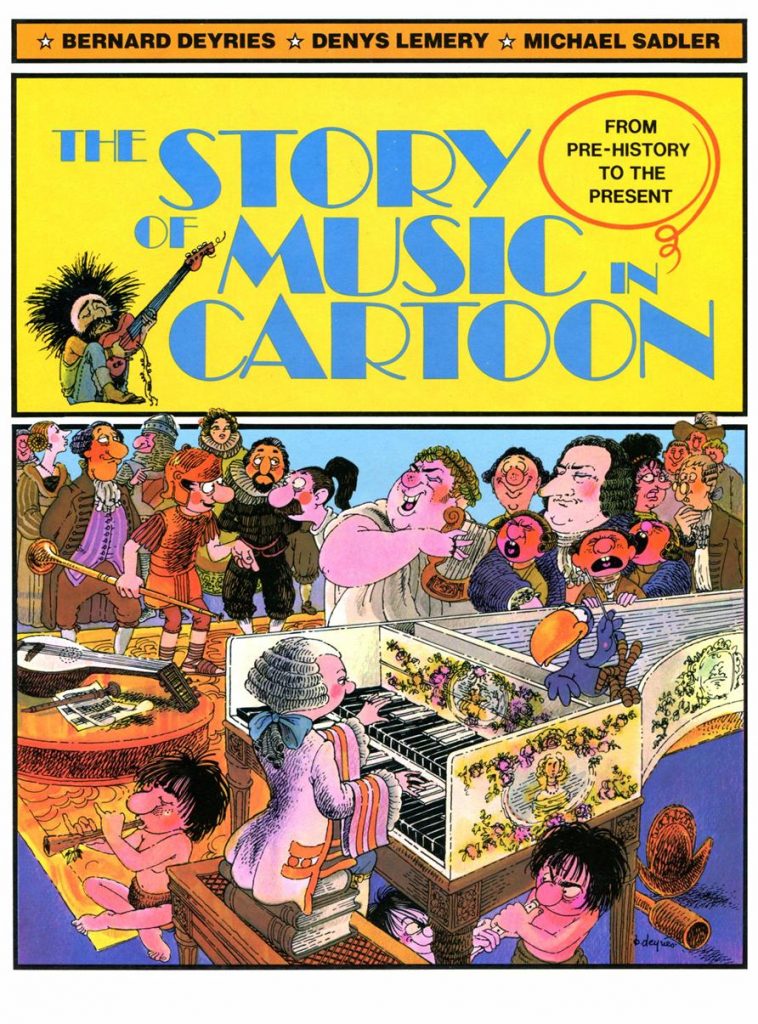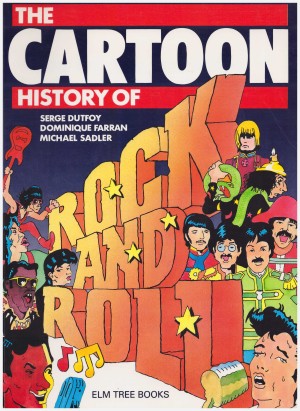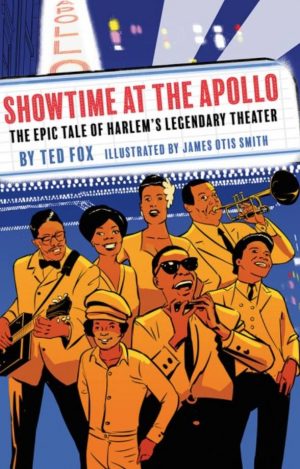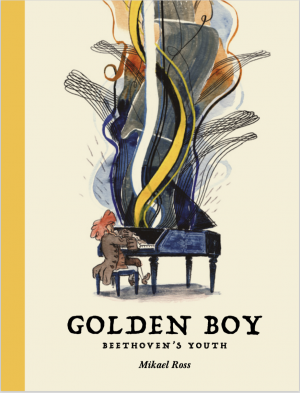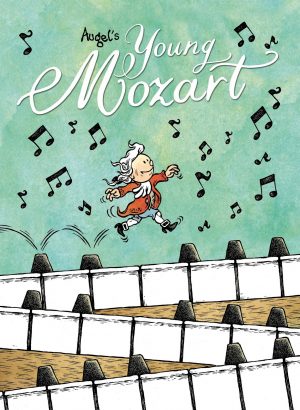Review by Frank Plowright
While the cover boasts this story of music reaches the present, should you come across a second hand copy, be aware that the present was the original French publication date of 1978, five years before the UK translation. However, don’t let that put you off as author Denys Lemery is more concerned with musical forms and developments, and makes good on the cover promise of beginning in pre-history, with the hollowed tubes constructed by prehistoric man being the first instruments.
There’s some fudging regarding the first singing, jumping from prehistoric man imitating sounds to the musical constructions of ancient civilisations around 5000BC, an approximate date from which documented evidence is available. Sumerian tablets show orchestras, while Greek and Biblical sources mention choirs and musical composition. While earlier music is covered by noting performance rather than crafting of instruments, it’s a relatively comprehensive coverage, with the startling revelation that until the middle ages all music was based on the single melodic line.
Better known for animation, this is the only graphic novel Bernard Deyriès produced, and shows him also a top cartoonist, providing appropriate accompaniment, busy and extremely detailed. This isn’t just with regard to clothing and appearance through the ages, as other forms of history run alongside that of music. Not many cartoonists would provide a full illustration of Parisian cathedral Nôtre Dame to accompany the information of Paris being considered the world’s musical capital at the time it was constructed. However, Deyriès continually rises well above necessity in delivering a lot of information per page while still providing the decorative glamour of opera, or the sample art explaining how Beethoven revolutionised orchestral music.
The bird character seen on the cover flies through the pages commenting on the text, or used for joke purposes, and readers may find they have a limited tolerance for it. Thankfully its presence is more subtle from halfway.
It’s not until the 1600s that instrumental music is anything more than performance for dancing, but composers then begin to see the wider variety of available instruments as tools for something more. These still aren’t greatly explored, but musical terms are explained, including why most are in Italian, and the narrative changes to focus on famous classical composers, who are given historical context.
Bach and Handel, two giants of the form, were both born in 1685. Bach found time to father 20 children with two wives, so his prodigious output is remarkable, down to a contract requiring him to write a new work for every religious service in Leipzig. A constant is demythologising when it comes to the lives of the great composers. Robert Schumann paralysed his own middle finger attempting to strengthen the others; Hector Berlioz conducted a work by sabre marching an orchestra through Paris; and the egotistical Richard Wagner built a theatre where only his works were to be performed. Unfortunate and tragic deaths are also a connecting point for renowned composers.
Musical diversity is greater than ever in a 20th century only three-quarters of the way through when The Story of Music in Cartoon was published, yet the entirety of jazz is covered in just two pages, one less than Franz Schubert alone. Continuing concentration on classical music at the expense of other musical forms is the one flaw of an otherwise comprehensive and easily understood musical primer still well worth seeking out.
